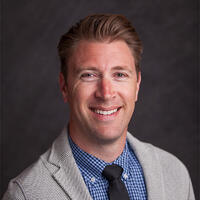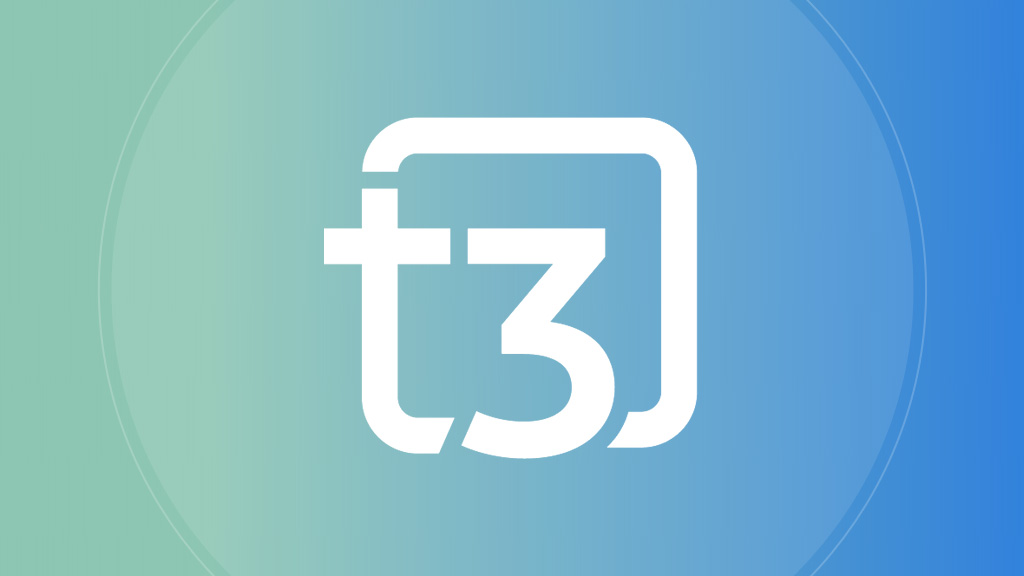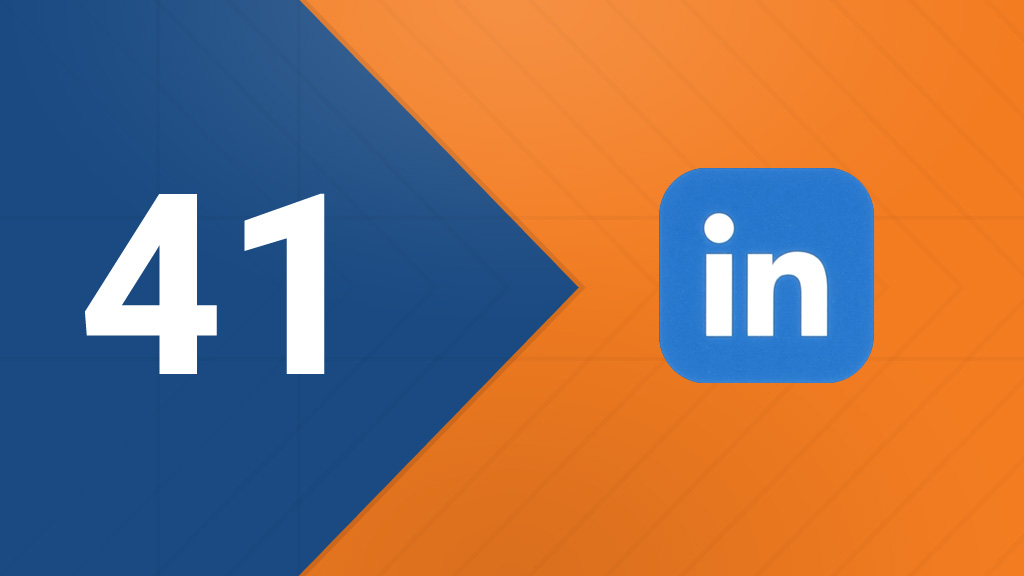Where Does the Unified Managed Household Fit Into Financial Planning and Advice?

Thanks to the digital revolution, we watch history as it happens. Eyes glaze over when you begin to recall events that occurred before there were newsfeeds and broadband.
Still, it’s worth looking up from text messages and chats for a few minutes to understand how we got where we are and where financial planning and advice are headed. The destination: the unified managed household, or UMH.
UMH, enabled by technology, is how to manage all tax-qualified and taxable accounts owned in a client household for optimal tax efficiency and maximum income.
The seed for the unified managed household approach to wealth management and retirement planning was planted more than 20 years ago. This customized approach to managing a client’s assets was extraordinary, but it wasn’t possible to grow it at scale. Technology just hadn’t caught up. But now it has.
Firms are investing heavily in technology and training their advisors to manage wealth on a holistic, unified level, not account by account. Firms and their advisors recognize that their clients will find their services insufficient for their long-term financial planning unless they can manage household wealth.
This isn’t something that can be achieved through one spectacular product introduction or technology integration. It is a journey, with lots of unfamiliar crossroads.
The Early, Heady Days of Wealth Management
Modern wealth management as we know it today started in the 1970s. All along, the goal has been to achieve better financial results. However, how financial advisors recommended achieving those results was markedly different 40 or 50 years ago.
Investors, advisors, and the media focused on “beating the market,” “outperformance,” “five-star funds,” and “hot dots.” As investors accumulated more holdings, products, accounts, and assets with a fundamental focus on retirement, they consistently underperformed the markets, according to numerous Dalbar studies (such as this recent one).
Investors got a little schooling in basic investing principles – diversification, risk tolerance, asset allocation, rebalancing, and tax harvesting. But by and large, they tracked portfolio returns with an avidity that they did not match with attention to the costs of investing and the tax efficiency (or, as in many cases, tax inefficiency) of their investments.
This rush to the investment markets resulted from rising affluence, more people graduating from college and entering professions, the evolution of the two-wage earner family — and a revolution in retirement benefits and planning.
In 1978, Congress passed the Revenue Act giving employees a tax-free way to defer compensation from bonuses or stock options, and added Section 401(k) to the Internal Revenue Code. (Individual retirement accounts, or IRAs, had been created four years earlier for workers without pension coverage.)
We know what’s happened since. Many investors with employer-sponsored defined contribution plans saved for retirement and deferred taxes on part of their income – with outstanding results, owing to a strong economy and well-performing equities markets.
In other words, millions depend on returns for their retirement income. And now, with Baby Boomers retiring in record numbers, they’re asking their financial advisors how they take the hairpin turn from accumulation to decumulation, the systematic process of drawing income from their assets to last the rest of their lifetimes.
Multi-Account, Household Portfolios Demand a Unified Managed Household Approach
Since 1974, when IRAs first became available, financial advisors began advising clients on managing household portfolios with a combination of taxable and tax-advantaged – through tax deferral or exemption — investments.
Remember that women were beginning to surge into the workforce, creating two-income families back then. In time, women climbed into higher-paying positions and careers that provided opportunities to save money for retirement.
Many investors, however, either didn’t have financial advisors, or just sought their advice to create a financial plan, or drew a line between what their advisors managed and what they managed on their own (in investment management parlance, assets “held away” from the advisory firms).
So, millions of investors and households today have an Easter basket of different types of accounts, some managed with the help of professional advice (and many not):
Taxable Accounts
Taxable accounts trigger tax bills when the investments earn interest or dividends and realize capital gains through sales at higher prices than the investors paid. Brokerage accounts are taxable accounts. Their benefits are that clients can contribute as much or little as they’d to and withdraw funds at any time without penalty and at any age.
Tax-Deferred Accounts
Examples of tax-deferred accounts are 401(k) accounts and IRAs. Tax-deferred accounts allow investors to save earned income – up to annual limits set by the Internal Revenue Service – and defer paying income taxes on the funds until they withdraw them from the account. At that point, the entire value of the withdrawal is subject to income taxes.
Tax-Exempt Accounts
Investors use after-tax income to invest in tax-exempt accounts. Examples are Roth 401(k) accounts and Roth IRAs. The benefits come when investors withdraw money as part of their decumulation plan for creating retirement income. The entire withdrawal, including any capital gains in the accounts, is tax-free.
Those Tax-Advantaged Accounts? They’re part of the Unified Managed Household, Too.
Even investors who have dabbled in investments like SMAs and UMAs have usually opened and invested in multiple tax-advantaged accounts with various financial institutions.
After all, each job change – happening more frequently now than ever before – may have opened a new opportunity, for example, to open and fund a 401(k) to be eligible for an employer match. And self-employed people may have opened tax-advantaged accounts such as SIMPLE or SEP IRAs.
This picture becomes chaotic. As investors get into their 50s and 60s, they begin to consolidate assets and look for a financial advisor who can direct them down the path that leads to retirement.
Unified Managed Account Practices for 21st Century Financial Planning and Advice
The starting point for many client-advisor relationships is financial planning. Investors, as they mature, realize the value in a deliberate and time-proven approach to:
- Identifying their financial goals or what they want their money to accomplish (such as college educations, homes, cars, retirement).
- Understanding their net worth.
- Determining how long they need to work and what they can spend when they stop.
- Their tolerance for taking risks in investing.
- What opportunities do they have to reduce taxes?
- How much do they need to have saved to fund retirement?
- How will they turn their accumulated wealth into retirement income that will not run out?
These discussions between a financial advisor and a client can last weeks or months. And they require the clients to face, perhaps for the first time, the need to become more organized and deliberate in their money management.
It is proven that the factors that influence how successful a financial plan will be are:
- Cost of investments – both management and ownership fees
- Risk – more risk can pay off in higher performance – except when it doesn’t. This is where practices like diversification and rebalancing are summoned to help manage risk.
- Taxes – on income, interest, capital gains, and dividends are a few of the household’s taxes throughout the members’ lifetimes.
And, we can say conclusively, managing taxes efficiently has the most outsized role in how much money investors get to keep and have available for retirement income and legacy planning.
Financial advisors have many great tools at their disposal to manage cost and risk, especially in the investments they manage for their clients. Their toolboxes often fall short in managing the tax efficiency of ALL the accounts in a household portfolio.
In other words, they could create terrific financial plans but have one arm tied behind their backs in putting it into action.
To be successful, advisors need to be sure they coordinate these factors – cost, risk, and taxes – to create the best outcomes for their clients. The problem is that their technology platforms are for managing individual accounts, not household wealth. A comprehensive view of a household’s accounts is not the same as coordinating their management.
LifeYield Provides the Connections To Managed Unified Managed Households
LifeYield was founded by experienced investors and wealth technology builders who knew they had two primary challenges to help financial firms overcome:
- Advisors couldn’t help clients manage cost, risk, and taxes across household portfolios.
- Advisors needed to activate financial plans and illustrate how clients could draw assets from their accounts (decumulation) in the most tax-efficient way.
LifeYield’s solutions for financial powerhouses allow those firms to leap into 21st-century household management. Firms can start with any solution of their choice, gradually connect the dots of their own proven and proprietary systems, and begin their journey to holistic management of the unified managed household and retirement income sourcing for the millions of Baby Boomers who are retired or will soon be.
LifeYield solutions include:
Multi-account asset location
Clients with large incomes often hit their contribution limits to tax-qualified accounts and put the rest of their long-term savings into taxable brokerage accounts. Advisors who use tools built on LifeYield’s technology can analyze all the accounts in a household portfolio to measure and score their tax efficiency. Then the asset location software recommends detailed steps for finding which assets in what accounts to reduce the net tax bill. Clients don’t necessarily have to sell their holdings, but asset location software can suggest where to locate those holdings to minimize taxes.
Multi-account rebalancing
With multiple accounts being separately managed, it’s easy for clients’ holdings to become exposed to downside risks that they want to avoid. Clients need to align their asset allocation across accounts to maintain the mix that hews to their risk tolerance. They also want advisors to provide an investment strategy customized for them. Multi-account rebalancing software, developed in partnership with many major firms by LifeYield, satisfies both needs.
Social Security optimization
Clients who have paid for years into Social Security need a financial advisor’s help in figuring out the optimal filing strategy for the household. The rules of Social Security – more than 2,700 – put a premium on using software, like that built by LifeYield, to factor the best time for each member of a household to file to realize the most significant potential benefit over their lifetimes.
Tax-smart withdrawals
Clients near or in retirement may need to use their savings to pay their living expenses. They ask: Which account(s) should I draw money from first? A tax-smart withdrawal plan helps them reduce taxes and have more money to spend. Advisors who apply technology built on LifeYield’s can suggest withdrawals that account for the clients’ tax bracket, tax harvesting options, multiple accounts, and other factors at a point in time.
Income sourcing
Tax-smart withdrawals are point-in-time transactions. Income sourcing lays out a strategic approach for clients to access their savings in retirement. Income sourcing is all about seeing how certain moves — like Roth conversions and capital gains management — can minimize taxes and maximize sustainable withdrawals. Income sourcing is what today’s and tomorrow’s retirees are looking for from their financial advisors – a long-term plan.
LifeYield technology was developed for adoption by financial firms with a solid vision for their clients and their own futures. Available as application programming interfaces (APIs), LifeYield solutions can work in concert with a firm’s proprietary systems so advisors can deliver customized, automated advice at scale.
The results; advisors and their firms acquire and manage more assets –tax efficiency improves the future value of those assets, creating more revenue and wealth for their clients. It’s the only 1+1 = 5 in financial services.
Monthly insights from our Chief Growth Officer, Jack Sharry
Get exclusive insights and interviews from around the industry
 By
By 




